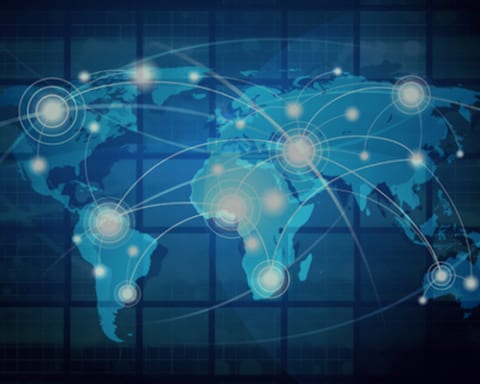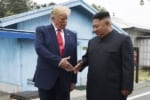The war between North and South Korea is set to find its formal end in 2018, a result of combined US, Chinese and South Korean pressure. The recent meeting between the leaders of the two sides promises a peaceful future on the divided Korean Peninsula. If proven successful, it would be a triumph not just for the Korean people, but a historic victory for President Trump and Moon Jae-in. However, analysts remain skeptical over North Korea’s intent.
History was written in Panmunjom, the border between North and South Korea, on Friday. For the first time since the peninsula was divided into two countries as a result of the Korean War, a leader of the North Korean government walked on South Korean soil. Equally important were the promises made by the two leaders, North Korea’s Supreme Leader Kim Jong-un and South Korea’s President Moon Jae-in.
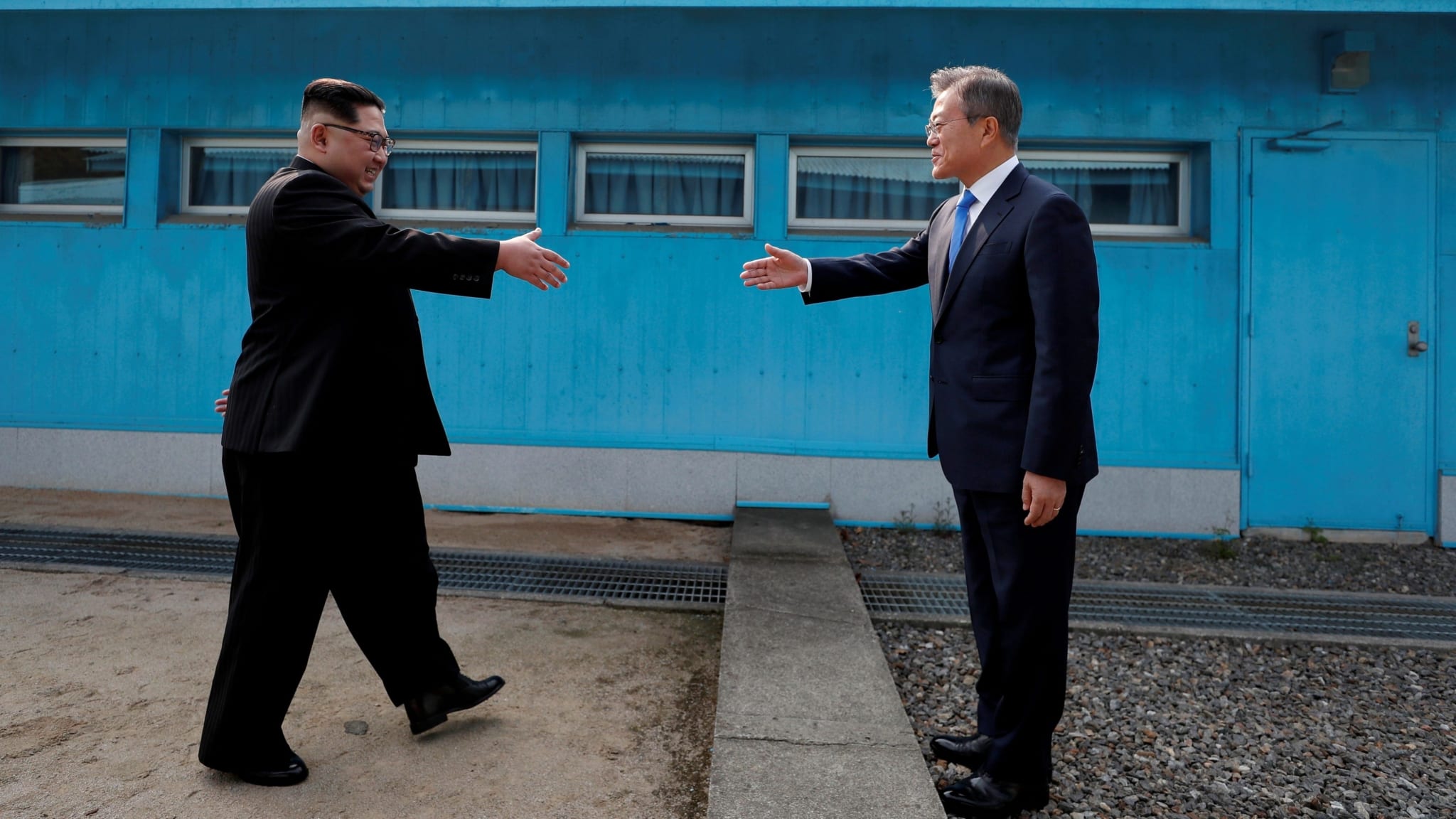
In a joint press conference the two leaders announced that they would sign a peace treaty to end the Korean war later this year formally, and that jointly they will strive towards a total dismantling of nuclear weapons on the peninsula. A follow up written statement further spiked the planting of olive trees.
Both nations promised to end overall provocations and propaganda broadcasts, and to allow families torn asunder to finally reunite. The statement also said that South Korean President Moon will be visiting Pyongyang later this autumn.
This historic and sudden development would likely have not been possible but for the aggressive posturing of US President Donald Trump. Not only did threats of raining down “fire and fury” on “little rocket man” terrify the world, it apparently terrified Korean leaders enough to overcome whatever obstacles remained. In contrast to President Barack Obama and his predecessors, Koreans appear to believe that the current American commander is unpredictable and just might execute upon his threats. Combined with the recent appointments of policy hawks such as incoming Secretary of State, Mike Pompeo, and security adviser John Bolton, it appeared the US was edging for a fight with whomever. Korean leaders knew that such a fight would, without question, result in the deaths of millions and set back any industrial progress.
US strategy aside, it would be a disservice by the world to understate the role of South Korean President Moon. President Moon has been striving for dialogue with his North Korean contemporary from the very first second of his presidency. Combined with the behind the scenes push, propelled by Chinese leadership, it has brought us to where we are today.
President Trump has acknowledged the immense efforts, the convoluted nature and delicate dance moves, by the Chinese and South Koreans to reach this point. Without the efforts of the Chinese, not just in behind closed doors diplomacy, but also in implementing sanctions to force the North Korean Supreme Leader to the table, Kim Jong-un would hardly have been as cooperative. These combination punches from every front ensured that Kim had nowhere to go but to the negotiation table, especially now when North Korea has finally officially focused on economic development.
Please do not forget the great help that my good friend, President Xi of China, has given to the United States, particularly at the Border of North Korea. Without him it would have been a much longer, tougher, process!
— Donald J. Trump (@realDonaldTrump) April 27, 2018
Professor Rüdiger Frank, German economist and analyst focusing on North Korea and East Asia at the University of Vienna, recently released a study indicating that diminishing trade with China has severely impacted North Korea’s economy. No doubt, one of Kim’s primary goals at the April 27th meeting will be to normalise trade relations between North Korea and the world quickly.
President Moon’s first comment after last week’s meeting was that the two leaders had a very good dialogue and that the negotiations were “a gift to the world”. After the meeting, Kim and Moon even planted a pine tree together. The meeting is seen as a positive prelude to the announced meeting of President Trump and Kim Jong-un in June.
Prior to the historic meeting, Kim had announced that he would interrupt the country’s nuclear and robotics projects, and shut down a nuclear weapons facility. Kim further underlined his commitment in actually carrying out these acts nearly immediately, addressing the proverbial elephant in the room during the meeting with Moon on Friday. “We will no longer disturb your sleep in the mornings,” said Kim to Moon concerning new missile tests.
However, many analysts believe that it is too early for more than guarded optimism.
![Is Trump bringing "peace for our time"? [Image: Brendan McDermid / Reuters]](https://limacharlienews.com/wp-content/uploads/2018/05/Donald-Trump-Reuters-Brendan-McDermid.jpg)
“The well-orchestrated meeting gives hope, but it must also be accompanied by a warning, as South Korea has previously made concessions without affecting North Korea’s nuclear weapons ambitions,” Mrs Trinh told Lima Charlie News. Mrs Trinh added, “It is clear that North Korea will not stop its nuclear program and not request, for now, that all American troops be moved from South Korea.”
At the same time, North Korea will be seeking guarantees that it will not find itself the victim of military action after giving up its weapons. This is understandable. Muammar al-Gaddafi’s regime was overthrown by a US-led coalition just a few years after Libya agreed to scrap its nuclear program.
The Korean War never really ended
North Korea’s nuclear weapons ambitions are, to an extent, not challenging to understand. During the early days of the bloody Korean War (1950-1953), when Soviet- and Chinese-backed communist forces were quite successful, it got to a point where the US considered deploying nuclear weapons against the advancing communists.
Despite the battle luck eventually turning in favour of the US-backed Korean government and the US-led military coalition, the war quickly became all-consuming. The Chinese were willing to put vast amounts of men up against the allied forces, and the Soviets were deploying machinery and arms just as quick as the US, if not more so. The war, which had been sold as a minimal “police action” operation to the US public and the United Nations (UN), was quickly becoming unmanageable and unpopular. It had to end.
So it did, to a degree. However, the Korean War never truly ended. What was reached instead, on July 27th, 1953 in the Panmunjom Peace Building was the Korean Armistice Agreement, which called for a “complete cessation of all hostilities”. But that was it – no peace treaty ever being signed, the war never ended.
The armistice established the Military Demarcation Line (MDL) and the Korean Demilitarized Zone (DMZ), a 2.5-mile wide (4.0 km) and 155 miles long (250km) fortified buffer zone between the two Korean nations. The most heavily defended national border in the world, the DMZ is a primary reason the US has refused to sign the Convention on the Prohibition of the Use, Stockpiling, Production and Transfer of Anti-Personnel Mines.
Since 1957, the United States Force Korea (USFK), the third largest host of US military forces, with 23,468 people on duty at 83 sites and more than 300 tanks, has also operated as the primary deterrent for any perceived threat to South Korea. The number of US troops and US systems under USFK increased dramatically under the Bush, Obama and Trump administrations, as tension surged. Fearing that North Korea would soon have the capability to strike not just South Korea, but also regional allies such as Japan, and ultimately the US, the US installed the Terminal High-Altitude Area Defence mid-air interceptor missile system (THAAD) in April of 2017.
In short, the number of arms has escalated on the Korean Peninsula. Ultimately, the 1953 armistice brought about a ceasefire, but a peace treaty was but a distant dream.

Right here, right now
While analysts and talking heads worldwide have expressed cynicism about Kim’s intent, there exists more than a hint of cautious optimism. Actions speak louder than words, and the actions of Kim do speak quite loudly. Many critics have, reluctantly, stated that things may very well be going Trump’s way on Korea, and with that – towards peace.
Critical to peace, however, is follow through. As the North Korean affair continues, so does the hotly debated Iranian one. Trump has said that he will decide on the Iranian Deal May 12th, if not sooner. North Korea and China will no doubt closely monitor developments with Iran, and Syria, to see if Trump can be trusted to endorse a peace treaty. Neither Kim nor Chinese President Xi Jinping want to see a repeat of the chaotic Arab Spring events of 2011.
Should Trump decide to dismantle the US side of the Iranian deal, it will likely cast deep and dark shadows of doubt over any Korean peace treaty. On the other hand, if the US remains faithful to the Iran Deal, it will no doubt be seen as a positive sign that Trump is a dealmaker.
It is no understatement to say that a lot is riding on not just the Korean peace treaty, but on the Iranian Deal at this point.
Regardless, Kim has a long way to go before the world can open the financial floodgates. “Donald Trump has been clear. Sanctions will not be lifted until North Korea stops its nuclear and missile programs, demolishes nuclear power plants and drops international inspectors,” said Trinh Nguyen.
Some reviewers have compared the recent meeting with Neil Armstrong’s legendary quote upon landing on the Moon: A small step for Kim, but a giant leap for humanity and international relations. After the meeting, Kim wrote in the official Panmunjom guestbook, “A new history begins now – at the starting point of history and the era of peace.”
The world waits with bated breath for this promise to become reality.
John Sjoholm, Lima Charlie News
[Edited by Anthony A. LoPresti]
John Sjoholm is Lima Charlie’s Middle East Bureau Chief, Managing Editor, and founder of the consulting firm Erudite Group. A seasoned expert on Middle East and North Africa matters, he has a background in security contracting and has served as a geopolitical advisor to regional leaders. He was educated in religion and languages in Sana’a, Yemen, and Cairo, Egypt, and has lived in the region since 2005, contributing to numerous Western-supported stabilisation projects. He currently resides in Jordan. Follow John on Twitter @JohnSjoholmLC
Lima Charlie provides global news, insight & analysis by military veterans and service members Worldwide.
For up-to-date news, please follow us on twitter at @LimaCharlieNews
In case you missed it:

![Image Korea: Is Trump Bringing Peace in Our Time? [Lima Charlie News]](https://limacharlienews.com/wp-content/uploads/2018/05/Korea-Is-Trump-Bringing-Peace-in-Our-Time.png)
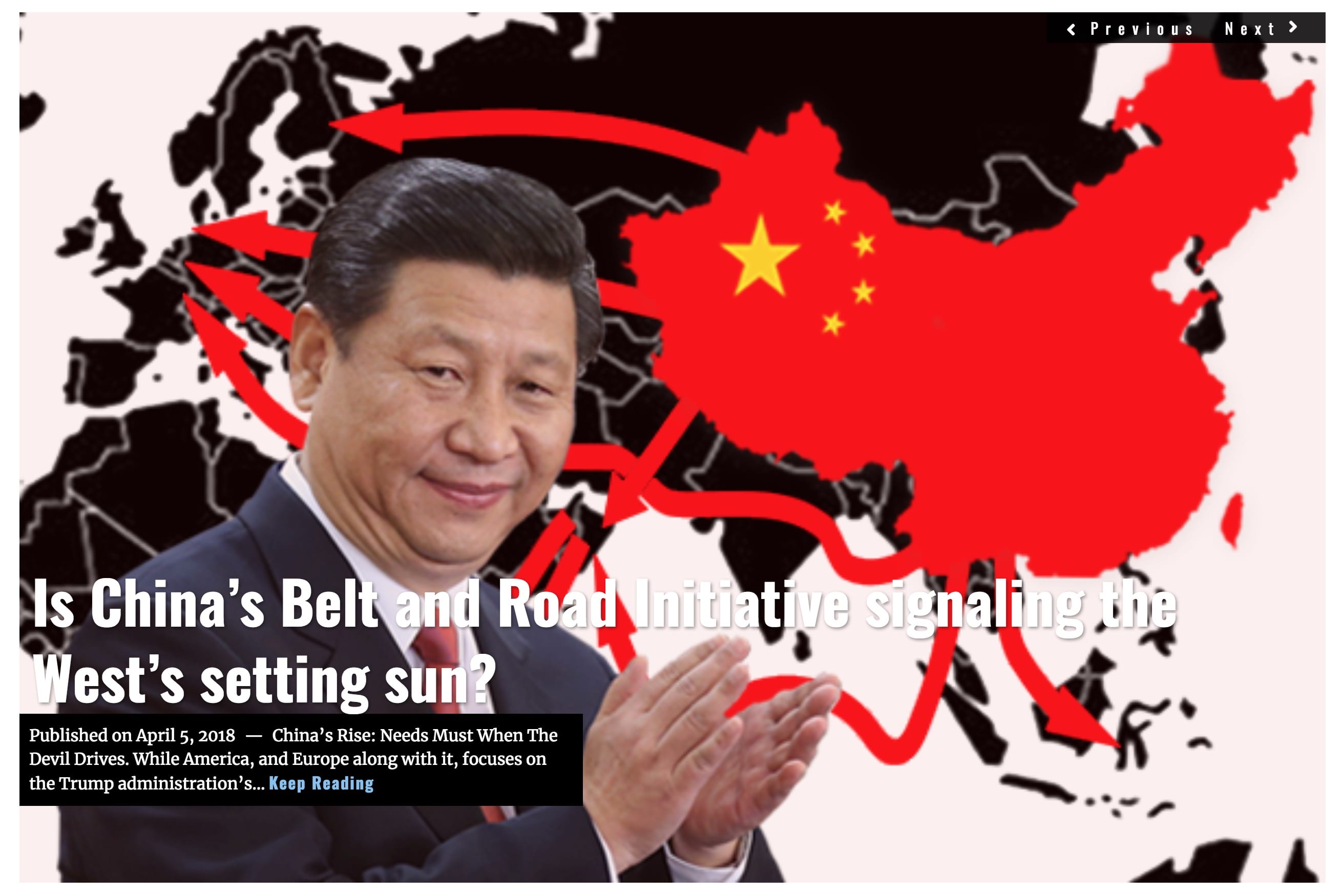
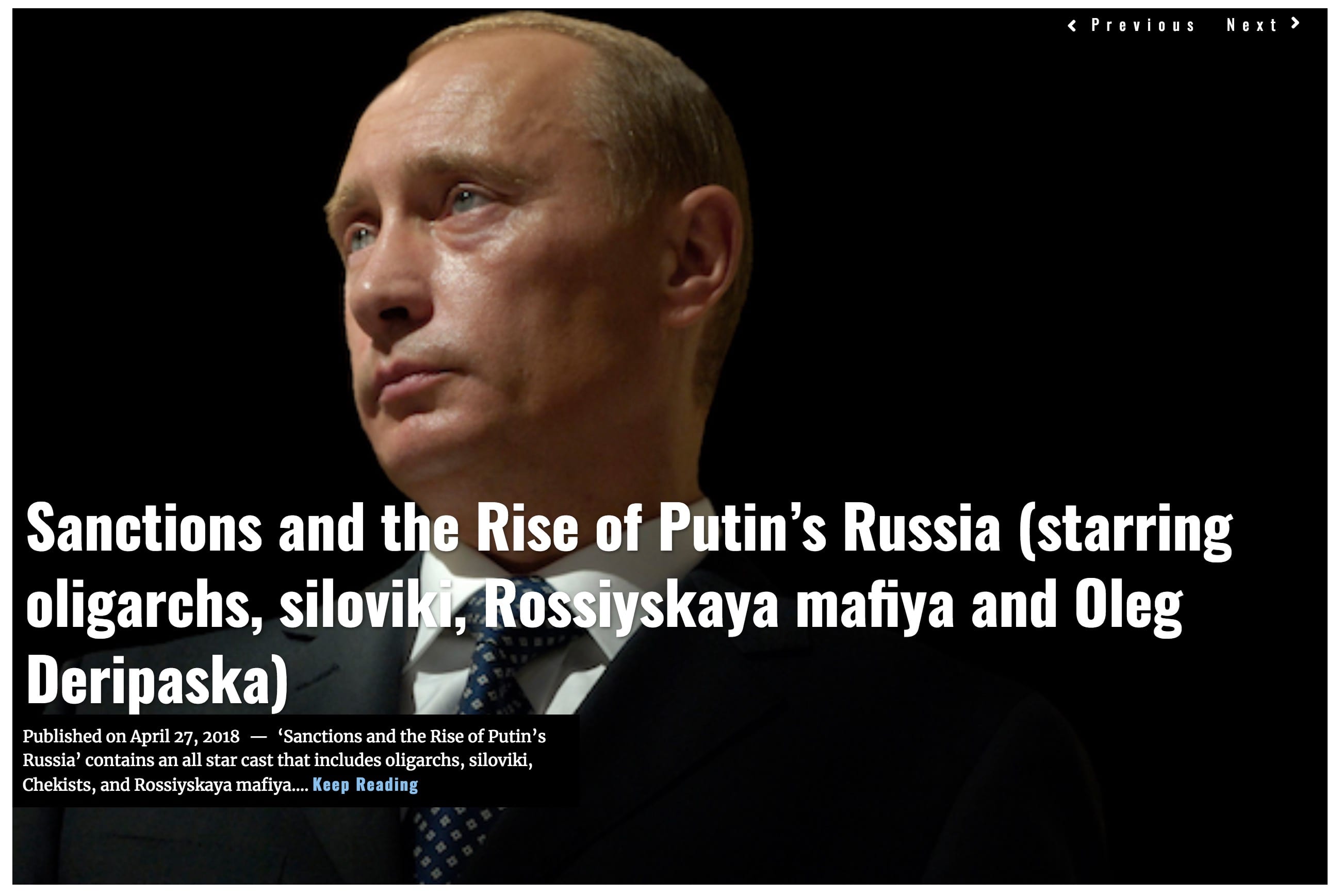
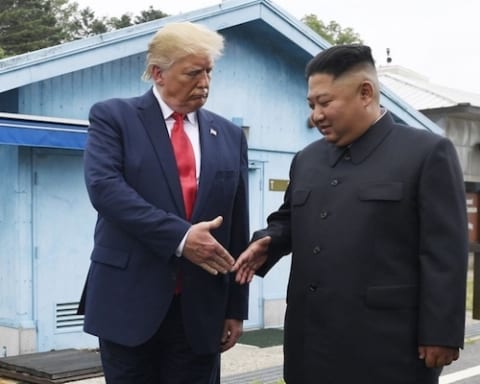
![Image Sweden provides ‘quiet diplomacy’ for U.S. – North Korea talks [Lima Charlie News][Image: REUTERS / Janerik Henriksson]](https://limacharlienews.com/wp-content/uploads/2019/01/Sweden-U.S.-–-North-Korea-talks.jpg)
![Image 21st Korean family reunion for families separated by war highlights complications of relations between the Koreas [Lima Charlie News][Photo: Kim Do-hoon/Yonhap via AP]](https://limacharlienews.com/wp-content/uploads/2018/06/21st-Korean-family-reunion-for-families-separated-by-war-highlights-complications-of-relations-between-the-Koreas-480x384.jpg)
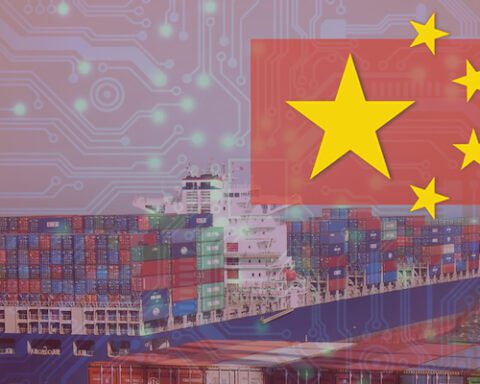

![Blossoming Russo-Turkish alliance leaves U.S., NATO behind [Lima Charlie News]](https://limacharlienews.com/wp-content/uploads/2019/07/Russia-Turkey-alliance-leaves-U.S.-NATO-behind-480x384.png)
